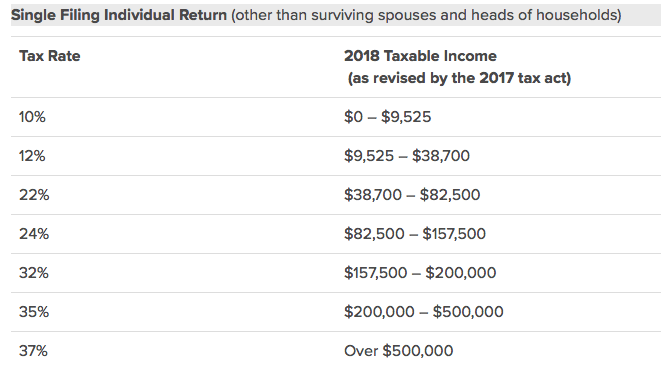



The top fifth of households got 54% of all income and paid 69% of federal taxes the top 1% got 16% of the income and paid 25% of all federal taxes, according to the CBO. The rich generally pay more of their incomes in taxes than the rest of us. The Congressional Budget Office estimates that the best-off 1% of American households (average annual income $1.8 million in 2016) saw their inflation-adjust incomes before taxes nearly triple between 19 the next best-off 9% saw theirs grow by 75% while everyone else saw their pre-tax incomes rise by 33%. Since the 1980s, those at the very top have enjoyed faster growing incomes than the rest of the America. And then there are the really rich: the top 0.4% of households-about 700,000 in all-have incomes above $1 million a year and get 13% of all pre-tax income. have income greater than $200,000, and they get almost 45% of all pre-tax income, according to the Tax Policy Center. What do we mean when we talk about rich Americans? There are the well-off: About 9% of the households in the U.S. Opponents say the rich already pay at least their fair share of federal taxes, and warn that raising taxes will have unwelcome side effects on the economy such as less investment and slower economic growth. They also point out that the average tax rate paid by people at the top has fallen.
#Irs income tax brackets 2020 code#
In light of the widening gap between economic winners and losers, they would use the tax code to reduce inequality more aggressively than today’s tax code does, and they devote some of the revenues to fund programs that benefit less well-off Americans. They argue that the people who have benefited the most in recent years should bear the burden of the cost of programs that help the rest of the population. Several Democratic presidential candidates propose to raise taxes on the rich to raise money both to pay for their spending agenda and to reduce income inequality.


 0 kommentar(er)
0 kommentar(er)
